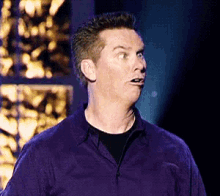The problem is no one has the $*)Q!#@$ balls to do what is right. Make it all LE. After a few yrs with science, qoutas, apps. Have structure. No one gives a shit if landowners sell there tags. Uses them with a kid grandkids. Its there right. Don't tell them what to do. Outfitters the only thing we should take from wy is there wilderness hunts. Have to have a guide to hunt. % give free fall to non residents.
Residents LE provides hunt a trophy muley. Wait your turn draw. With same season structure. No chance to kill a 170 with October hunt. Bullshit
Private public need to work together. October Cow hunt good. Fill the freezer.
Great things in proposal but Miley October hunt.
Common ground with management. Landowners greatest wildlife managers in the world until $$$ involded
Residents LE provides hunt a trophy muley. Wait your turn draw. With same season structure. No chance to kill a 170 with October hunt. Bullshit
Private public need to work together. October Cow hunt good. Fill the freezer.
Great things in proposal but Miley October hunt.
Common ground with management. Landowners greatest wildlife managers in the world until $$$ involded





